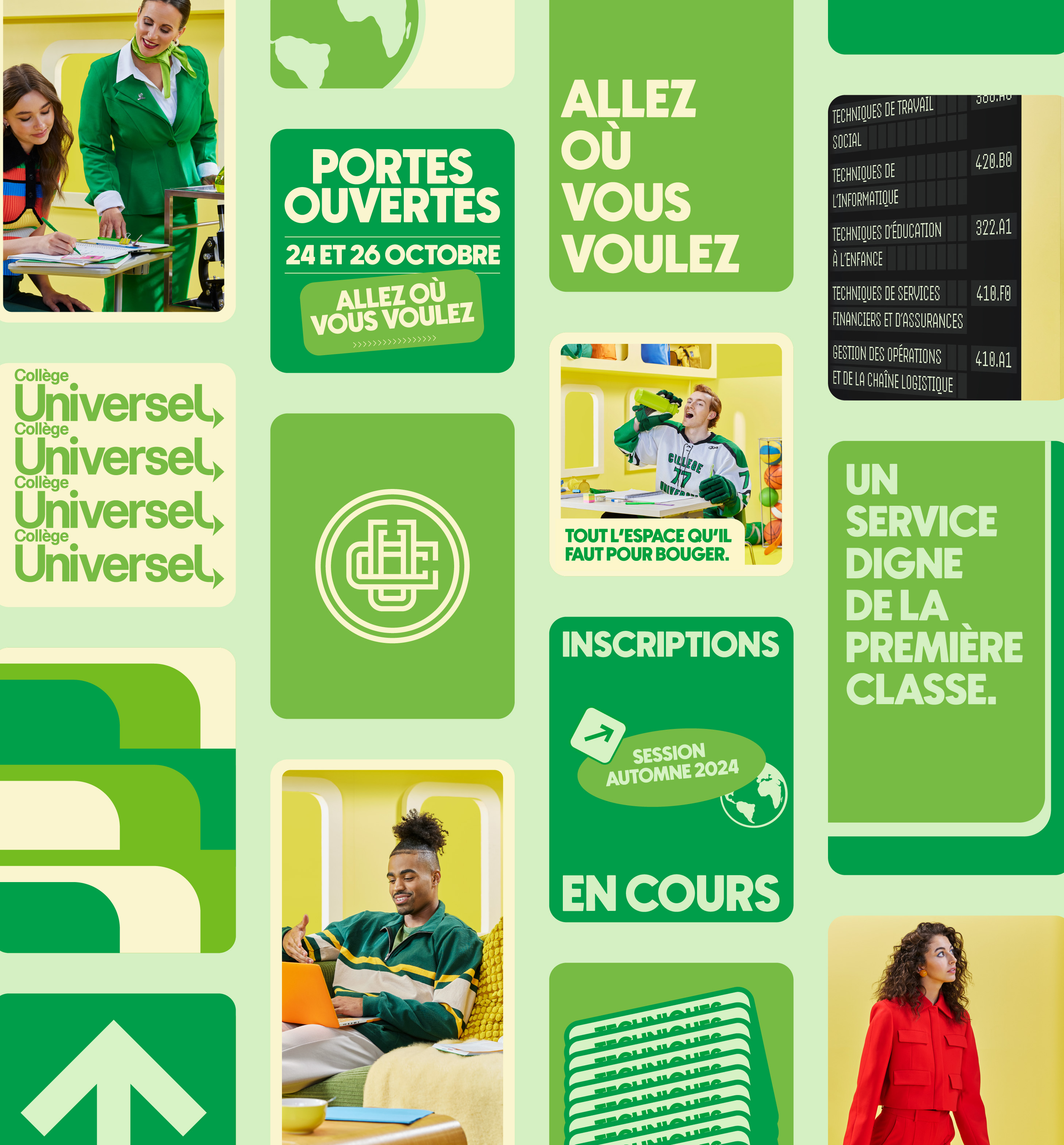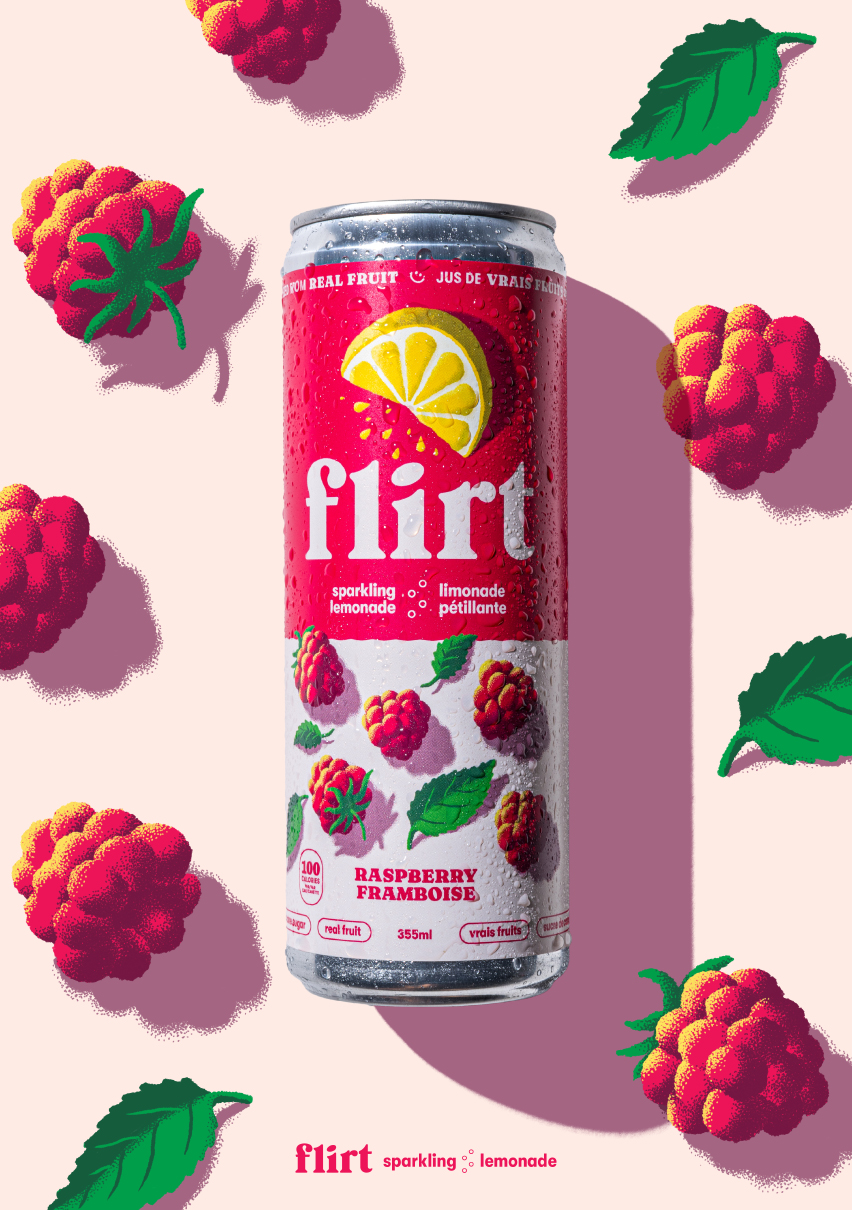October 15, 2025
A brand with no address?
What if your brand used a pop-up experience to get closer to the public without having to take out a mortgage?
by Orkestra
Brand manager, strange job. Manager of what? Rebrands every 5 years? Social networks? The look of the promotional agents when you’re walking around a festival? Too often, it’s someone who has a lot of opinions about everybody’s work. Like a sheepdog who tries to justify his seat by yapping incessantly.
He doesn’t always know them, but the brand manager has three missions. Important responsibilities where the right decisions are made not on the basis of internal opinions, but on the level of external reception. Three raisons d’être that need to be reviewed quickly.

A brand manager’s first mission is to ensure that as many people as possible think about the brand, at the right time. This is called penetration and mental availability.
The famous Byron Sharp made it clear: brands that grow are those that continually expand their customer base – not those that rely on loyalty. You can’t build a strong brand by talking only to your “loyal” customers.
We have to stay present in the minds of light buyers. Those who choose us once in a while. By chance. And to achieve this, we need far-reaching, consistent and repeated campaigns that build awareness more than clicks.
According to System1, brands that invest in these kinds of campaigns not only generate long-term effects, but also see an immediate increase in sales in 92% of cases. Good branding sells now AND sells later.
Managers: you’re going to have to fight for this one. Everyone wants conversions tomorrow morning. But you know better than anyone that it’s a vicious circle.

Being recognized is a good start. But what really makes a brand strong is the positive associations it triggers: the ideas, values, emotions or contexts that give it meaning. Which justify instinctive preference, spontaneous loyalty and often a higher price tag.
Some associations are linked to concrete situations (I’m thirsty at the beach = Corona), others to vague but powerful perceptions (Apple = creativity, Patagonia = consciousness). Simple mental shortcuts that build long-term attachment.
Let’s face it: the brand is not what we think of it internally in our endless strategic documents. Promise, essence and values are just tools, somewhat useless. The real brand is what people keep in mind. Associations are the summary, often unconscious, of all our strategic work (and sometimes our illusions). And this summary is also strongly influenced by execution.
We sometimes doubt the usefulness of design, the right choice of typeface, the quality of imagery or the tone of voice. But the truth is that every detail contributes to the associations we create. A generic design is like arriving poorly dressed at a cocktail party. For some, it doesn’t matter. But it’s impossible to deny that it influences first impressions. A stock photo, a clumsy palette, an ad made in a rush… it speaks, often louder than our beautiful values.
Managers: associations are built on details and consistency at every point of contact. You have to be the guardian of that, and remind everyone that that’s what our brand is all about. Not the 64-page PDF full of adverbs that nobody reads.

Last but not least, make your brand recognizable at a glance, a sound or a movement.
These are your distinctive assets – colours, typography, shapes, mascots, jingles, slogans, visual motifs… What sets you apart. And above all, what enables you to capture attention in a world where no one is listening.
But beware: according to the Ehrenberg-Bass Institute, less than 15% of the brand elements tested are truly distinctive. And only 4% of colours or 6% of slogans achieve a “gold” score (clearly remembered and associated with a single brand). Why is this? Because it’s easy to talk to yourself again. We all think that colours are a formidable weapon. But study after study comes to the same conclusion: who cares? Let’s stop with the PhD in psychology behind the use of sky blue. Nobody notices.
A distinctive asset has to be…distinctive. Why call a bank Tangerine? Why make its chocolate in the shape of a pyramid, or have a lizard as its spokesperson? Because nobody else has.
In other words, it’s not enough to have a logo or design system that’s too similar to that of all your competitors. You need to build a series of strong, distinctive visual and sensory cues, test them, repeat them and refine them over time.
Managers: several more battles in store here. First: remind everyone that it’s useless to use a scale for a law firm logo. Second: force everyone to use the codes until you’re nauseous, and then use them even more. Finally: stay disciplined in the amount of code. It takes a decade to build a code. How many are you really going to use?
Managing a brand is simple. But simple doesn’t mean easy. You have three responsibilities. Three missions that will require you to fight against all the bad reflexes of business.
Above all, managing a brand means managing lots of teams who don’t exactly understand how to build a brand. So tell yourself that, at heart, you’re a coach.
And we hope all this helps you create your game plan.
October 15, 2025
What if your brand used a pop-up experience to get closer to the public without having to take out a mortgage?
September 23, 2025
A summary of the steps we use to successfully complete a brand identity project.
July 30, 2025
Here’s a list of 10 mistakes to avoid to increase your chances of success when it comes to building your brand.
July 3, 2025
Are you looking for a marketing agency or a communications agency? There’s a big difference.